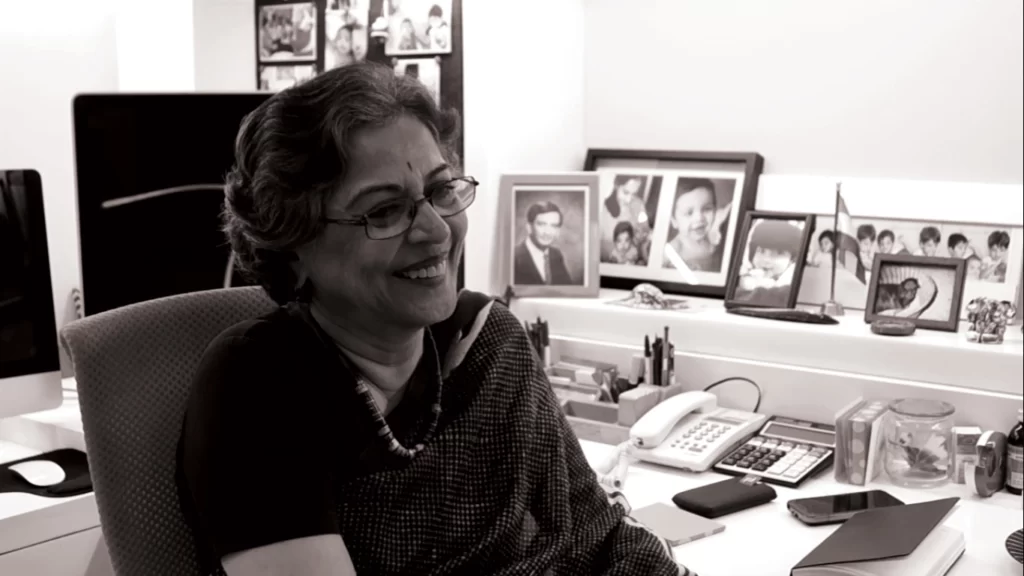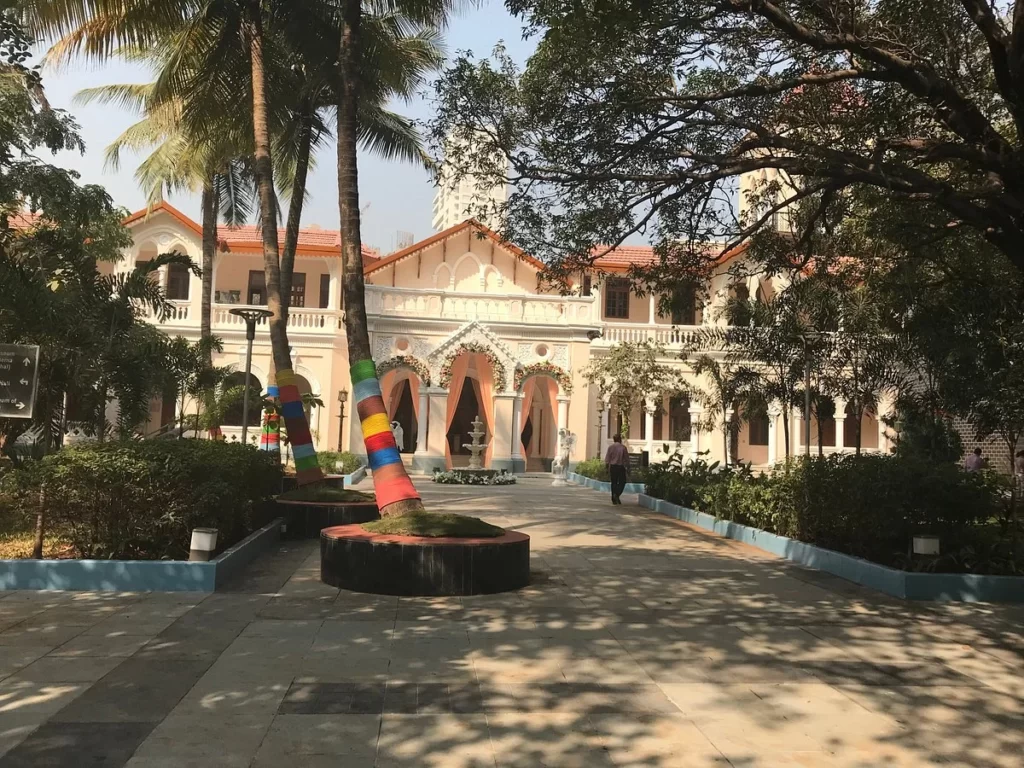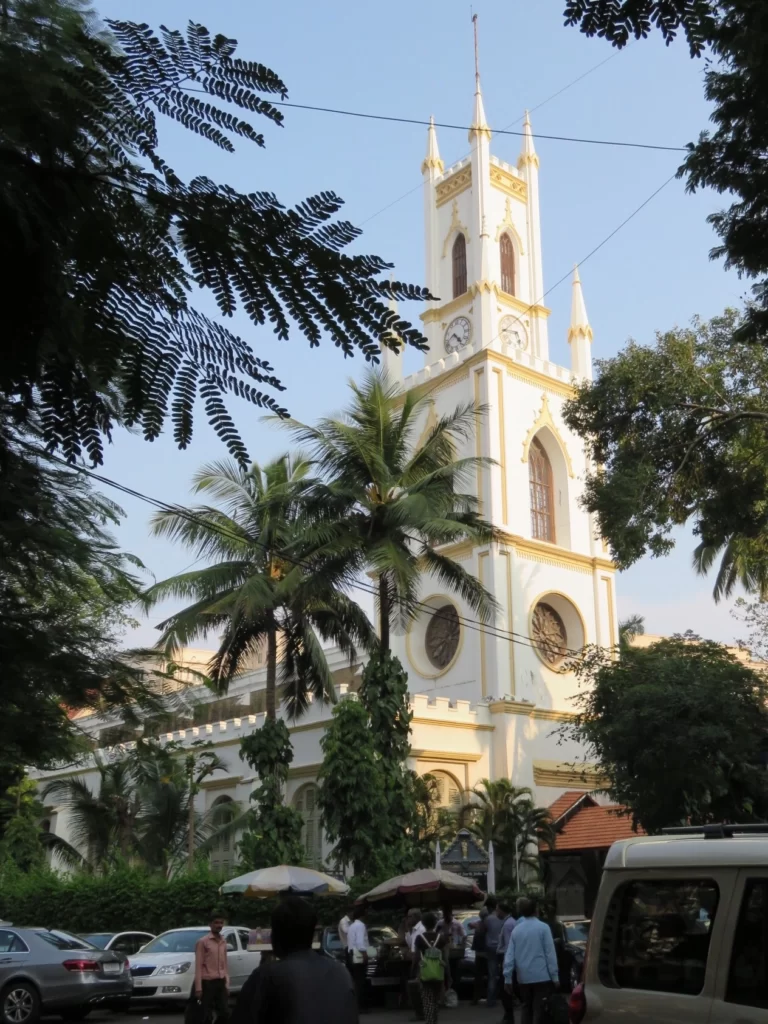If you want to know about the Islamic architecture or staircase design or landscape garden, please click the link.
Introduction
Brinda Somaya is an Indian architect and conservationist who has made significant contributions to the field of architecture. She is the founder and principal architect of Somaya & Kalappa Consultants, a Mumbai-based architectural firm that specializes in conservation, restoration, and sustainable design.

Somaya has been involved in a wide range of architectural projects, including public buildings, educational institutions, corporate offices, and private residences. She is known for her innovative and sustainable approach to design, and has received numerous awards and recognition for her work.
Some of Somaya’s notable achievements include the restoration and renovation of the Prince of Wales Museum (now the Chhatrapati Shivaji Maharaj Vastu Sangrahalaya) in Mumbai, the design of the National Museum of Indian Cinema in Mumbai, and the restoration of the St. Thomas Cathedral in Mumbai.

She has also been involved in several educational and social initiatives related to architecture and sustainability.
Overall, Brinda Somaya has made significant contributions to the field of architecture in India, and is widely respected for her commitment to sustainability, conservation, and innovation.
1) Early Life and Education
Brinda Somaya was born on 13 August 1947 in Mumbai, India. Her father was a civil engineer and her mother was an artist. Somaya grew up in a household that valued both science and art, which had a significant influence on her later career in architecture.
Somaya received her early education in Mumbai and went on to study architecture at the Sir JJ College of Architecture, where she received her Bachelor of Architecture degree in 1975. She later went on to pursue a Master’s degree in Architectural Restoration from the University of York in the UK.
After completing her education, Somaya worked with several leading architects in India and abroad, including Charles Correa and Otto Koenigsberger. This exposure to different styles and approaches to architecture helped shape her own design philosophy and approach.
Somaya’s training in architecture was rooted in the principles of modernism, but she also drew inspiration from traditional Indian architecture and cultural practices.
This blend of modern and traditional elements is a hallmark of her work, and reflects her commitment to creating designs that are both sustainable and contextually appropriate.
2) Career and Achievements
After completing her education and working with leading architects in India and abroad, Brinda Somaya established her own architectural firm, Somaya & Kalappa Consultants, in Mumbai in 1978. Since then, she has led the firm to become one of the leading architectural practices in India, specializing in conservation, restoration, and sustainable design.
Somaya has been involved in a wide range of architectural projects, including public buildings, educational institutions, corporate offices, and private residences. Her work is characterized by a commitment to sustainability, innovation, and cultural relevance.
Some of Somaya’s notable projects include:
i) The restoration and renovation of the Prince of Wales Museum (now the Chhatrapati Shivaji Maharaj Vastu Sangrahalaya) in Mumbai:

Somaya led the restoration and modernization of this historic museum, which is one of the most important cultural institutions in India. The project involved a careful balance of preserving the building’s historic character while incorporating modern amenities and technologies.
ii) The design of the National Museum of Indian Cinema in Mumbai:

Somaya designed this modern and innovative museum to showcase the history and evolution of Indian cinema. The building’s design was inspired by the shape of a film reel, and features state-of-the-art technology and interactive exhibits.
iii) The restoration of the St. Thomas Cathedral in Mumbai:

Somaya led the restoration of this historic cathedral, which dates back to the 18th century. The project involved a careful restoration of the building’s façade, as well as the conservation of its valuable collection of artifacts and artworks.
These projects are just a few examples of Somaya’s diverse portfolio, which spans public buildings, educational institutions, cultural landmarks, and more.
Somaya’s work has received numerous awards and recognition over the years.
Some of her notable awards include:
- The Padma Shri, one of India’s highest civilian honors, in 2020
- The Indian Institute of Architects’ Baburao Mhatre Gold Medal for Lifetime Achievement in Architecture, in 2018
- The UNESCO Asia-Pacific Heritage Award for Cultural Heritage Conservation, for the restoration of the St. Thomas Cathedral, in 2004
- The Aga Khan Award for Architecture, for the rehabilitation of the Walji Building in Mumbai, in 1995
Overall, Brinda Somaya’s career has been marked by a commitment to innovation, sustainability, and cultural relevance in architecture.
Her work has had a significant impact on the field of architecture in India, and she continues to inspire future generations of architects through her work and advocacy.
3) Design Philosophy and Approach
Brinda Somaya’s design philosophy is rooted in the belief that architecture must respond to the needs and aspirations of the community it serves. She believes that architecture is not just about creating functional spaces, but also about creating places that are culturally and socially relevant.
Her approach to architecture is based on four key principles:
- Sustainability: Somaya believes that architecture must be environmentally sustainable, and must minimize its impact on the natural world. She incorporates sustainable design elements into her projects, such as rainwater harvesting, solar energy systems, and energy-efficient lighting and ventilation.
- Contextualism: Somaya believes that architecture must be sensitive to its context, and must respond to the social and cultural context of the community it serves. She incorporates local materials, techniques, and traditions into her projects, and works closely with local artisans and craftspeople to create buildings that are rooted in the local culture.
- Innovation: Somaya believes that architecture must be innovative, and must push the boundaries of traditional design. She incorporates new technologies and materials into her projects, and is constantly experimenting with new forms and structures.
- Collaboration: Somaya believes that architecture is a collaborative process, and works closely with clients, stakeholders, and other professionals to create buildings that are functional, beautiful, and sustainable.
Some unique or innovative aspects of Somaya’s work include her use of traditional Indian architectural elements, such as jalis (stone screens), chajjas (overhanging eaves), and courtyards, in modern buildings.
She also incorporates art and sculpture into her projects, creating buildings that are not just functional, but also aesthetically pleasing.
Additionally, Somaya is known for her expertise in conservation and restoration, and has played a key role in preserving some of India’s most important cultural landmarks.
4) Contribution to Indian Architecture
Brinda Somaya’s contribution to the field of architecture in India has been significant and far-reaching. Her work has had a major impact on Indian architecture, both in terms of the buildings she has designed and in terms of her advocacy for sustainability, conservation, and social responsibility in architecture.
Somaya has been a pioneer in the use of sustainable design principles in India, incorporating features such as rainwater harvesting, solar energy systems, and natural ventilation into her projects long before these became common practices in the industry.
She has also been a strong advocate for conservation and restoration, working to preserve many of India’s most important cultural landmarks and educating others on the importance of preserving India’s architectural heritage.
In addition to her work as an architect, Somaya has also been a leader in the field of architectural education in India. She has taught at several universities and institutes of architecture, and has been a mentor and role model for many young architects in India.
Her commitment to social responsibility in architecture has also inspired many others in the industry to prioritize the needs of the community in their work.
Overall, Brinda Somaya’s contribution to the field of architecture in India has been significant and influential.
Her work has had a major impact on Indian architecture, and she has been a leader and advocate for sustainability, conservation, and social responsibility in the industry.
5) Social and Environmental Responsibility
Brinda Somaya is well known for her commitment to social and environmental responsibility in her work as an architect. She believes that architecture must serve the needs of the community it serves, and must also be environmentally sustainable.
This commitment is reflected in many of her projects, which incorporate sustainable design features and are designed to serve the needs of the local community.
One notable example of Somaya’s commitment to social and environmental responsibility is the Mahindra United World College of India in Pune. This project was designed to be a sustainable, energy-efficient, and environmentally responsible campus that would serve as a model for other educational institutions in India.

The campus includes features such as rainwater harvesting, solar energy systems, and natural ventilation, and was designed to be sensitive to the local climate and ecology. In addition, the campus was designed to be accessible to students from a wide range of socioeconomic backgrounds, with a focus on providing educational opportunities to those who might not otherwise have access to them.
Another notable project that reflects Somaya’s commitment to social and environmental responsibility is the restoration of the Royal Opera House in Mumbai. This project was undertaken with the goal of preserving one of Mumbai’s most important cultural landmarks, and restoring it to its former glory.

The restoration was done using sustainable design principles, with a focus on minimizing the environmental impact of the project. The restored building now serves as a center for the performing arts, providing a venue for cultural events and performances that serve the local community.
Overall, Brinda Somaya’s commitment to social and environmental responsibility is reflected in many of her projects, which are designed to serve the needs of the community and minimize their impact on the environment.
Her work serves as a model for others in the industry, and has had a significant impact on the development of sustainable and socially responsible architecture in India.
6) Future of Architecture in India
Brinda Somaya is an influential figure in the field of architecture in India, and she has been an active commentator on the future of architecture in the country.
She believes that the future of architecture in India will be shaped by a number of trends and challenges, which she has spoken about in various interviews and public talks.
One of the main trends that Somaya sees in the field of architecture in India is a growing emphasis on sustainability and environmental responsibility. She believes that architects in India must take a leadership role in addressing the environmental challenges facing the country, and that sustainable design practices must be incorporated into all aspects of architecture.
This includes using renewable energy sources, designing buildings that are responsive to the local climate, and incorporating green spaces into urban areas.
Another trend that Somaya sees in the field of architecture in India is a growing interest in traditional architectural styles and materials. She believes that architects must look to the past for inspiration, and incorporate traditional elements and materials into their designs.
This includes using traditional construction techniques and materials, such as mud and bamboo, which are more environmentally sustainable and can help to preserve local cultural heritage.
However, there are also challenges facing the field of architecture in India, including a lack of regulatory oversight and a shortage of skilled labor.
Somaya has called for greater government regulation of the construction industry to ensure that buildings are safe and environmentally responsible, and for increased investment in vocational training programs to address the shortage of skilled labor.
Overall, Brinda Somaya sees both challenges and opportunities in the field of architecture in India. She believes that architects must take a leadership role in addressing environmental challenges and preserving cultural heritage, and that they must be innovative and responsive to the needs of the community in their designs.
7) Legacy
Brinda Somaya’s legacy in the field of architecture is significant and far-reaching. She has been a trailblazer for women in the industry, and has played an important role in shaping the course of architecture in India.
Her impact on the field can be seen in a number of ways, including through her notable projects, her commitment to social and environmental responsibility, and her advocacy for sustainable and community-focused architecture.
One of the ways in which Somaya has influenced the field of architecture is by serving as a role model and mentor to younger architects, particularly women. She has been an advocate for diversity and inclusivity in the industry, and has encouraged more women to pursue careers in architecture.
She has also been an active mentor to young architects, providing guidance and support as they develop their skills and build their careers.
Another way in which Somaya has influenced the field of architecture is through her notable projects. Her work has been recognized for its innovative design and commitment to sustainability and social responsibility, and has served as a model for other architects in India and beyond.
Her projects have also had a significant impact on the communities they serve, providing much-needed infrastructure and creating spaces that promote community engagement and cultural heritage.
Finally, Somaya’s advocacy for sustainable and community-focused architecture has had a lasting impact on the field. She has been a vocal advocate for sustainable design practices, and has worked to promote the use of renewable energy sources and environmentally responsible building materials.
She has also emphasized the importance of designing buildings that are responsive to the needs of the community, and has promoted the use of traditional architectural styles and materials to preserve local cultural heritage.
Overall, Brinda Somaya’s legacy in the field of architecture is one of innovation, advocacy, and leadership. Her impact can be seen in the work of younger architects who have been inspired by her example, and in the communities that have been transformed by her projects.
Her commitment to social and environmental responsibility, and her advocacy for sustainable and community-focused architecture, will continue to shape the course of the field for years to come.
8) Conclusion
Brinda Somaya is a renowned architect in India who has made significant contributions to the field of architecture through her notable projects, commitment to social and environmental responsibility, and advocacy for sustainable and community-focused architecture.
Her background and education in architecture have equipped her to take on major projects that have had a significant impact on the communities they serve. Somaya’s work reflects her design philosophy, which emphasizes the importance of designing buildings that are responsive to the local context and community needs.
Throughout her career, Somaya has received numerous awards and recognition for her contributions to the field of architecture. She has been a trailblazer for women in the industry and has influenced the field through her advocacy for diversity and inclusivity, her mentorship of young architects, and her innovative approach to sustainable design.
Somaya’s impact on the field of architecture in India is significant and enduring. Her work has served as a model for other architects, and her commitment to social and environmental responsibility has helped to shape the course of the industry.
Through her advocacy and leadership, Somaya has inspired future generations of architects to prioritize sustainability and community engagement in their designs, ensuring that her legacy will continue to have a lasting impact on the field of architecture for years to come.